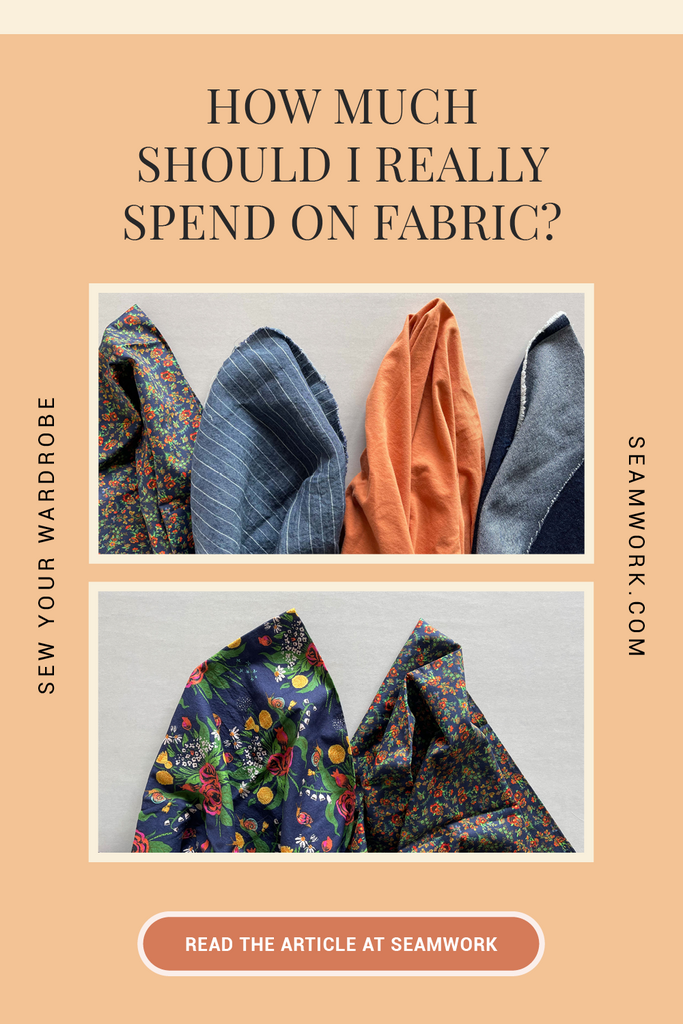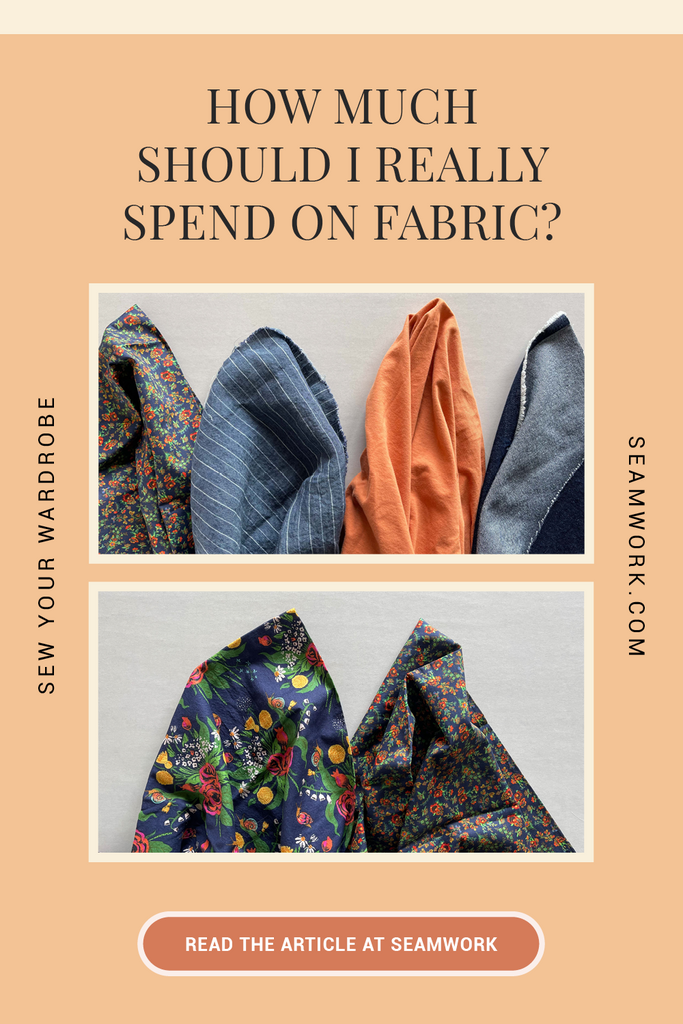If you’re trying to sew without spending a ton of money, your fabric choice can make or break your budget. So how much do you really need to spend on fabric? When should you spend a little more, and when can you save money on a more affordable option?
Shopping for fabric is kind of like shopping for shoes. You can trust some reputable brands out of the box. You might find the deal of your life in the clearance section. And there might be a big difference between designer fabrics and knock-offs, but sometimes there’s not.
Why are there different price points?
Look at greige goods if you want to know why there can be such a vast difference in fabric prices. Greige goods are unprocessed textiles—the raw fibers before they are treated and dyed or printed to get to their final form. This is the fabric in its cheapest state, but it’s likely not what you want to use to sew clothes.
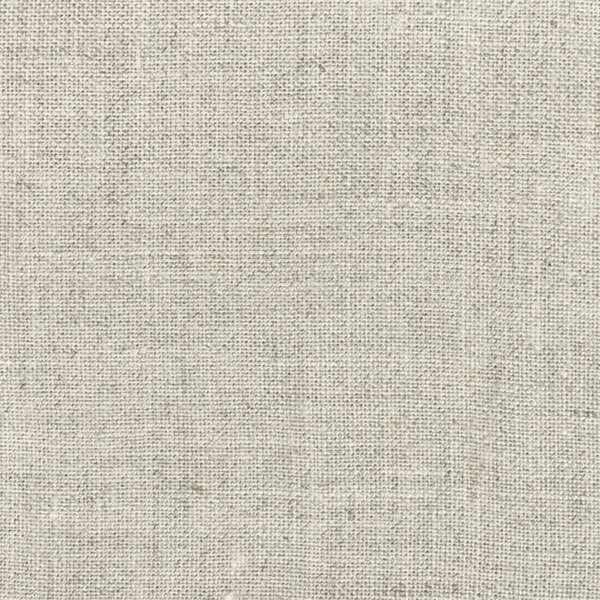
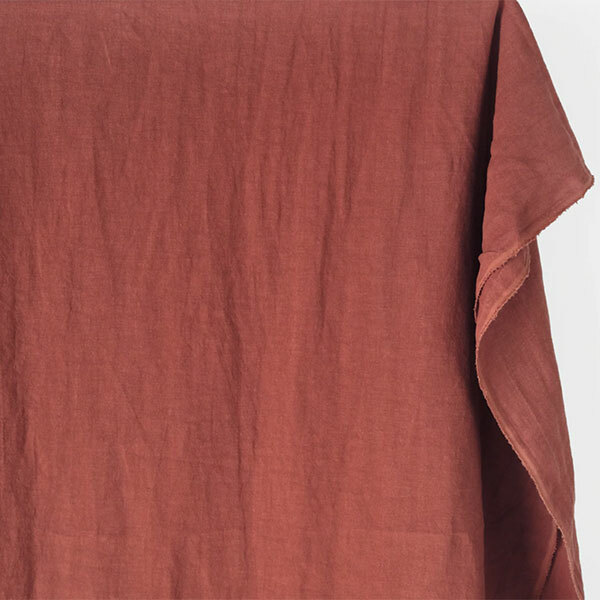
Think about cotton, for example. The closer the cotton is to the plant, the courser, scratchier, and more fibrous it is. The more it’s treated—it might be washed, scoured, and brushed—the softer it gets.
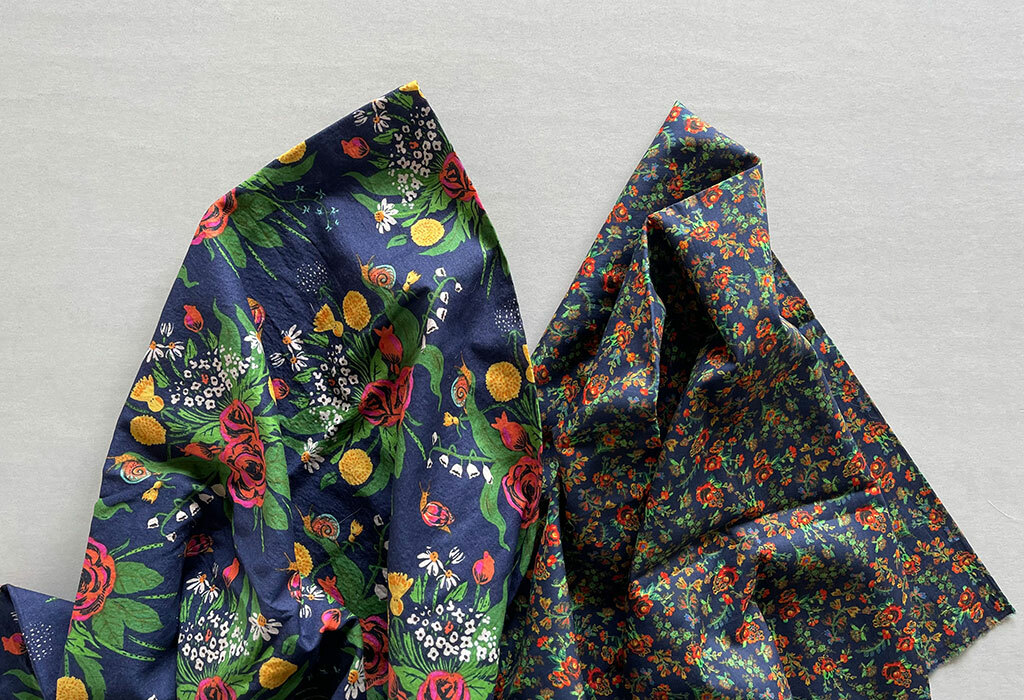
Another example is silk. Raw silk fibers haven’t been washed, degummed, treated, or steamed. The closer silk is to this raw state, the less expensive it will be. Silk noil, for example, is made from shorter, leftover silk fibers, which give it a nubby texture. In comparison, longer strands of silk can be washed and treated to increase the luster on the final fabric. These treatments cost money, so the more steps until the fabric is finished, the more the price tag goes up.
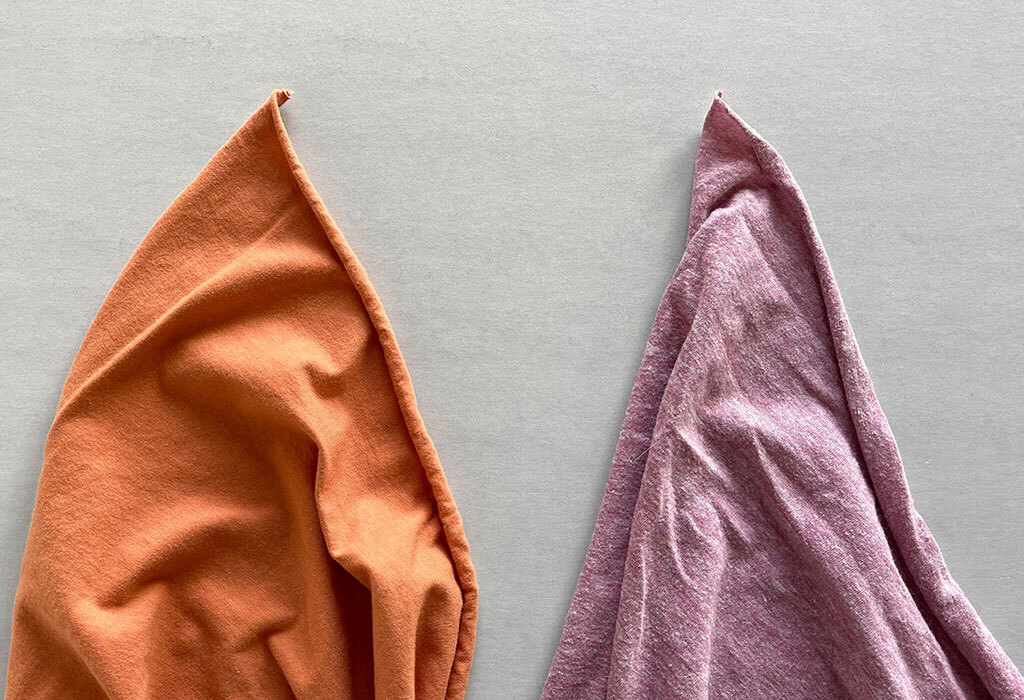
Is it all about quality?
If a fabric is more expensive, it should be of higher quality, right? But that depends on what quality means to you. Here is an overview of some of the biggest differences between fabrics at different price points.
-
Quality: Speaking of quality in general terms, it includes things like the percentage of certain higher-priced fibers (think silk versus silk blends), the thread count, special treatments to increase comfort (think cashmere), durability, and if the fabric is prone to pilling or fraying. -
Colors: You’re often paying more for that trendy shade or print. Cheaper fabrics might also use dyes that are more prone to bleeding or fading. -
Sustainability: Organic and eco-friendly fabrics are often more expensive. Although, as demand grows, textile manufacturers will offer more options, lowering the costs. -
Marketing: This is similar to the note about paying more for trendy prints. Designer names don’t always mean the fabric is amazing. Some fabrics have a reputation and can charge a little more. Branding, marketing, and even shipping all factor into a fabric’s final cost.
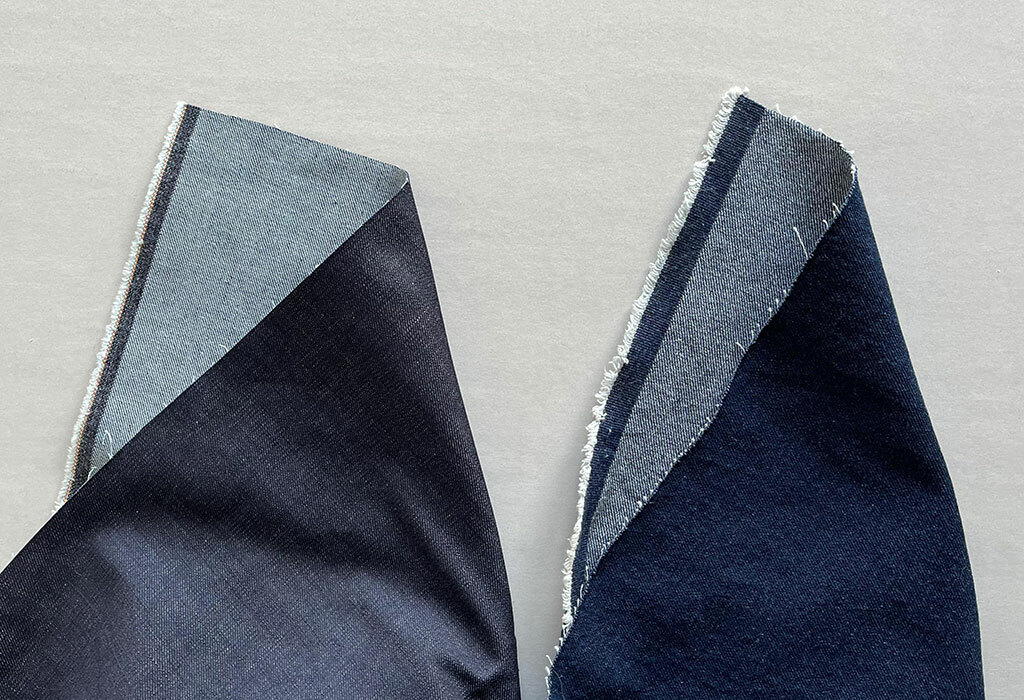
How much do you really need to spend?
It would be great if there were a formula to help you decide what to spend, but as with almost anything sewing-related, it depends on the type of fabric you’ll be using. Some fibers are worth buying mid-range or higher. For others, it isn't as crucial. No matter what, your preference and your budget affect your decision the most.
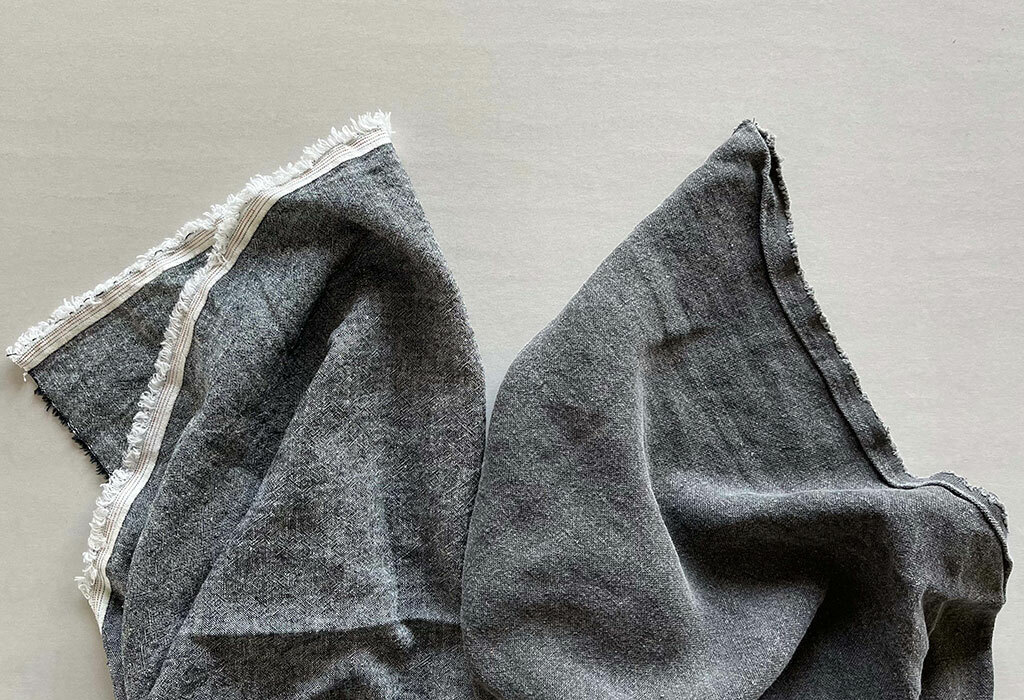
So, like we often recommend, before you go fabric shopping, do a little pre-interview for your pattern—ask yourself the following questions.
- If I buy a cheaper fabric, will I be sacrificing any important qualities like breathability, comfort against my skin, or natural fiber content?
- Do I need a durable textile that will last a long time, or am I ok with this garment not lasting as long?
- Is this a gift or a personal heirloom? You might want to spend more here.
- Is sustainability a priority for me? The organic price tag might be worth it.
- Do I need a lot of yardage? If so, a more affordable option might be more realistic for your budget. On the other hand, if you only need a yard, maybe you can get yourself a treat.
- Will this fabric make my project look and wear significantly different than a more expensive option?
Look at the answers to these questions and ask yourself, can you use a more affordable fabric for this project? Or should you buy the more expensive option?
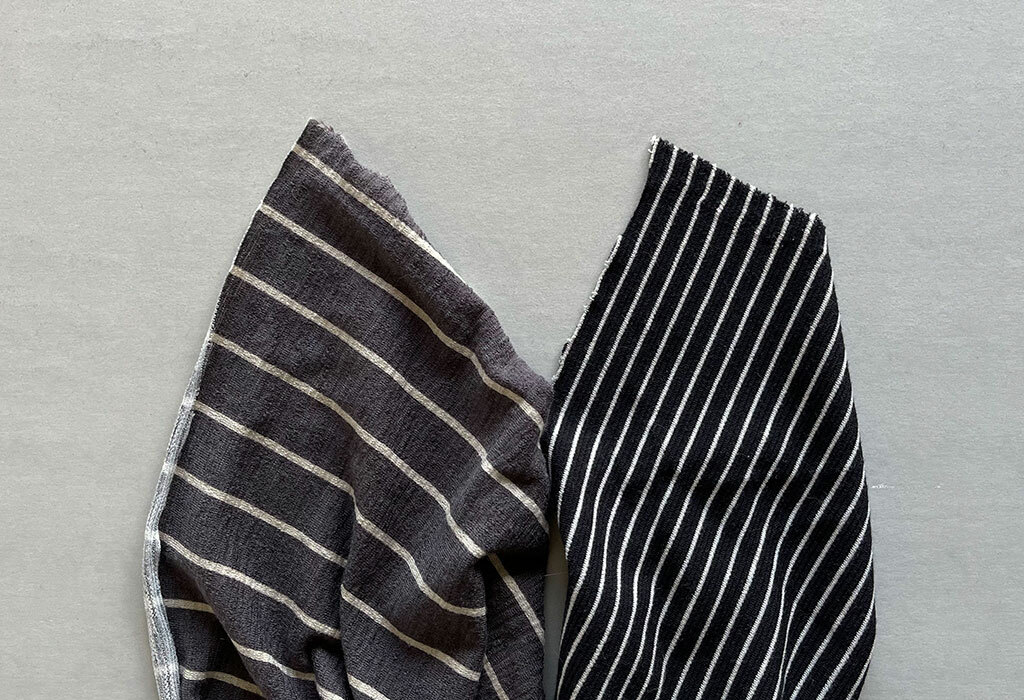
Save money with smart fabric shopping
-
Look for blends. Look for a cotton, polyester, or rayon blend if you really want wool but can’t afford the price tag. This tip works very well for pricey linens. -
Fake it or swap it. Some luxury fabrics have perfectly acceptable faux siblings. Instead of leather, look for vegan options or faux suede. Instead of silk, look for satin or noil. -
Shop deadstock for designer deals. You can often find designer one-offs at affordable prices. We recommend Fabcycle, Stonemountain & Daughter Fabrics, Blackbird Fabrics, and A Thrifty Notion if you want to take advantage of exclusive Seamwork discounts. -
Learn your fabric terms. When shopping, look at how the fabric store describes the drape and weight and then compare options at different price points. -
When in doubt, do a pill check. Rub a small swatch of the fabric together vigorously between your fingers. Does it pill? If so, it might not last as long—but remember, this can still happen to fabrics with a high price tag.
As you can see, how much you should really spend on fabric depends on your budget and what you want out of your garment. Think about the intent behind your project and about how much you will wear it before you decide.
Finally, to reiterate, in order to make sure your fabric lasts longer—no matter what it costs—you have to care for it properly. Research the fiber content or follow the directions on the manufacturer's tag, and even cheaper fabrics will last longer. When in doubt, hand wash and air dry!
Love the article? Pin it for later.
